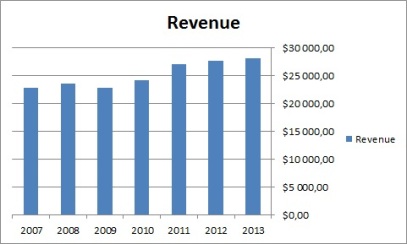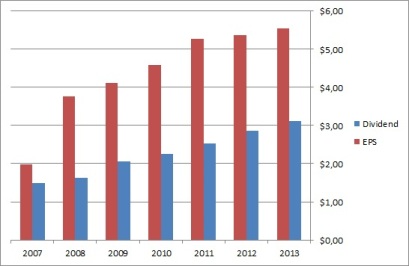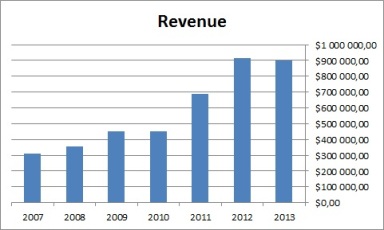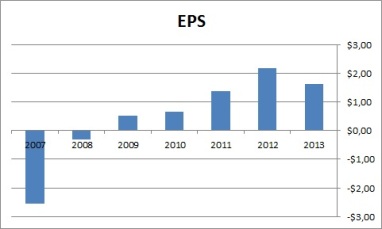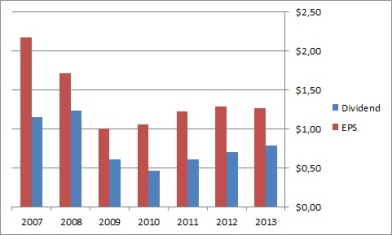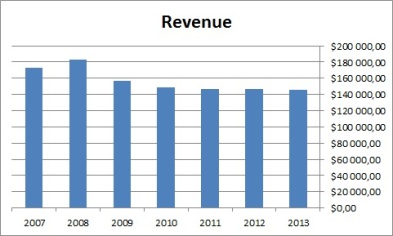Usually when talking about dividend growth stocks (DGS) people talk about US stocks. It’s clear that the US is the market with most DGS. You can get diversification by buying companies with global businesses, but I still believe it’s important to look for stocks outside the US to get a properly diversified portfolio. Here I have gathered some places to scout for dividend growth stocks:
USA:
There are a lot of places you can look to find DGS from the US, but I think this is definitely the most thorough list there is.
http://dripinvesting.org/Tools/Tools.asp
This is also a good site, but it shows only companies with at least 25 consecutive years of raising dividend.
http://www.buyupside.com/dividendaristocrats/displayalldividendaristocrats.php
Canada:
These lists of Canadian DGS consist of companies with at least 5 consecutive years of raising dividend.
http://www.dividendgrowthinvestingandretirement.com/canadian-dividend-all-star-list/
http://www.buyupside.com/globalarticles/canadaaristocrats.php
Europe:
I haven’t found so detailed list of European DGS, but S&P maintains a list of European companies with at least 10 consecutive years of raising dividend. You can download the full constituents list from there.
http://us.spindices.com/indices/strategy/sp-europe-350-dividend-aristocrats-index
Here is also a list of European DGS, that have a listing on US stock exchange or a liquid ADR. This article was published in June 2012, so the valuation data is not valid anymore.
http://seekingalpha.com/article/692531-european-dividend-aristocrats-the-comprehensive-list
I hope these links are useful when seeking for new investments. Feel free to comment if you have some additions to those.
